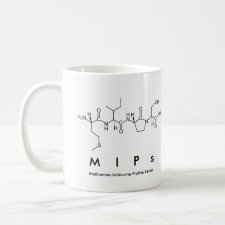
Authors: Liu PX, An HZ, Ren YM, Feng J, Ma J
Article Title: Selective recognition mechanism of molybdenum(VI) ions binding onto ion-imprinted particle in the water.
Publication date: 2018
Journal: Chemical Engineering Journal
Volume: 349
Page numbers: 176-183.
DOI: 10.1016/j.cej.2018.05.071
Alternative URL: http://www.sciencedirect.com/science/article/pii/S1385894718308817
Abstract: The recognition mechanism of the ion-imprinted particle for selective recognizing molybdenum ions (IPSR-Mo) in the aqueous phase was studied. The self-selective binding experiment results showed that the best binding pH value for Mo(VI) was similar to the pH value of the imprinting process, and illustrated that the important role of ionic space configurations in selective binding process. Langmuir and Scatchard models showed that the specific recognition sites with high binding affinity were important during the binding process. The selectivity of IPSR-Mo was proved to be perfect in binary and diverse natural water systems. And the selectivity was affected little by the organic matters, but the high concentration cations had more interferences in the water. Finally, XPS were employed to confirm that the nitrogen of pyridine ring was the main imprinting sites and played a crucial role for the selectivity of Mo(VI) binding onto IPSR-Mo. Mo(VI) was bound with two pyridine ring and selectively recognized as an octahedral configuration. This study verified that the ionic space configuration played a key role during the recognition process and provided a new insight into the ion-imprinted particle selective recognition in the water environment
Template and target information: molybdenum ions, Mo(VI)
Author keywords: Molybdenum(VI), Ion-imprinting, selectivity, recognition mechanism



Join the Society for Molecular Imprinting

New items RSS feed
Sign-up for e-mail updates:
Choose between receiving an occasional newsletter or more frequent e-mail alerts.
Click here to go to the sign-up page.
Is your name elemental or peptidic? Enter your name and find out by clicking either of the buttons below!
Other products you may like:
 MIPdatabase
MIPdatabase









